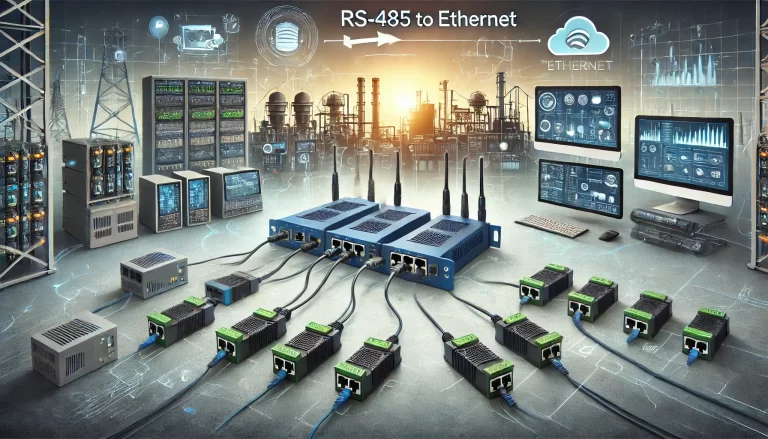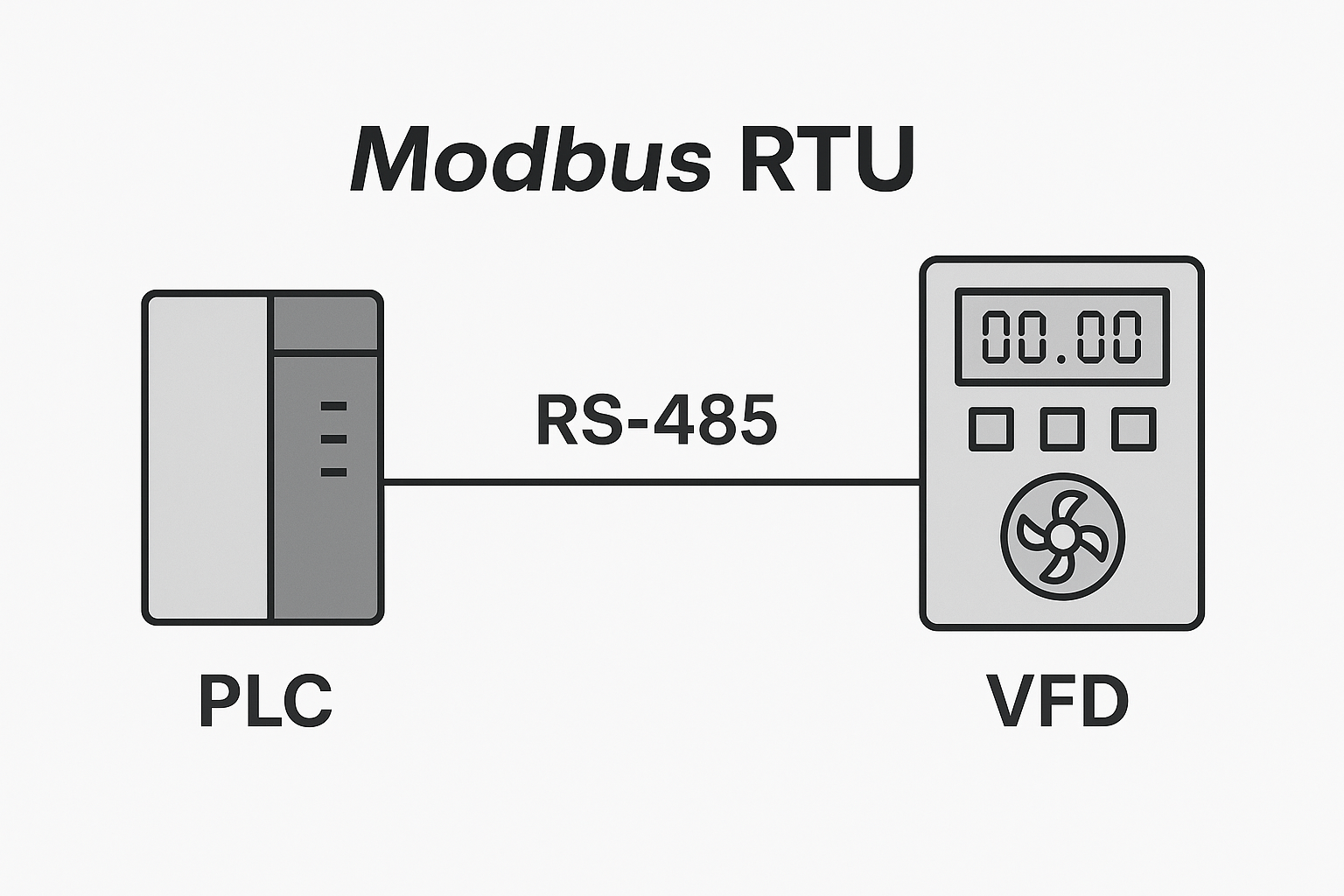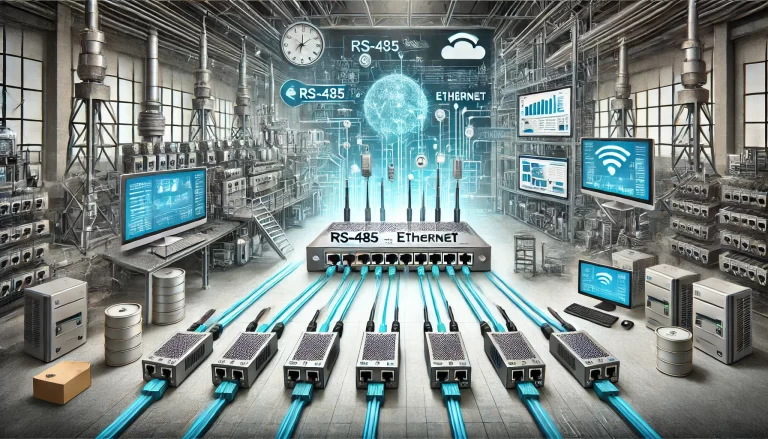RS-485 is a widely used serial communication standard known for its robustness, simplicity, and effectiveness over long distances. However, when it comes to speed, RS-485 has a clear upper limit—10 Mbps under ideal conditions—and most practical applications run well below that. But why is it so difficult to push RS-485 beyond 10 Mbps? Let’s break down the key technical reasons behind this limitation.

1. RS-485 Was Never Designed for High-Speed Communication
RS-485 is optimized for:
Long-distance transmission (up to 1,200 meters)
Multi-drop communication (supporting up to 32 devices)
Robustness against noise
In contrast, high-speed serial standards like USB or Ethernet were built with entirely different goals—short distances and high data rates.
🧠 Key point: RS-485’s 10 Mbps maximum is only achievable over distances less than 10 meters. As the cable length increases, the maximum reliable speed drops significantly.

2. Signal Integrity: The Hidden Bottleneck
At higher speeds, the following signal integrity issues become critical:
a) Reflections Due to Impedance Mismatch
Long twisted pair cables act as transmission lines.
Without proper termination resistors (typically 120 ohms), signals bounce back, causing data corruption.
b) Capacitive Loading
Each additional device on the RS-485 bus adds input capacitance.
Excessive capacitance slows down signal rise/fall times, which can corrupt data at higher bit rates.
c) Line Distortion and Crosstalk
High-frequency signals are more susceptible to distortion and interference from adjacent lines or power sources.

3. Driver and Receiver Limitations
RS-485 transceivers are analog devices and their:
Rise/fall times,
Propagation delay, and
Slew rate
directly impact how fast data can be transmitted without errors. At speeds near 10 Mbps, even minor variations in signal timing can cause bit misinterpretation.
4. Controller Limitations and Protocol Overhead
Even if the physical layer could support higher speeds:
The MCU or PLC communicating over RS-485 might not be able to process data fast enough.
Most RS-485 applications use asynchronous protocols like Modbus RTU or proprietary formats, which lack synchronization and error correction features found in higher-speed systems.

5. Distance vs. Speed Trade-Off
Here’s a general guideline that highlights the inverse relationship:
| Data Rate | Max Cable Length |
|---|---|
| 10 Mbps | < 10 meters |
| 1 Mbps | ~100 meters |
| 100 kbps | ~1,200 meters |
Trying to exceed 10 Mbps would require very short cable lengths, low capacitance, and precise terminations, often negating the very reasons RS-485 was chosen in the first place.
6. Better Alternatives for Higher Speeds
If your application truly requires speeds above 10 Mbps, consider switching to:
| Protocol | Max Speed | Notes |
|---|---|---|
| CAN FD | 5–8 Mbps | Real-time control, robust error handling |
| Ethernet | 100 Mbps+ | Full networking stack, high bandwidth |
| USB | 12 Mbps+ | High speed, but only for point-to-point |
| EtherCAT | 100 Mbps | Real-time, industrial-grade deterministic |

🔚 Conclusion
RS-485 is a fantastic solution for many industrial applications, but it was never meant to be fast. Its strength lies in simplicity, reliability, and long-distance operation—not raw data speed.
If you find yourself needing speeds above 10 Mbps, the best course of action is to re-evaluate your system requirements and choose a communication protocol designed to meet them.
